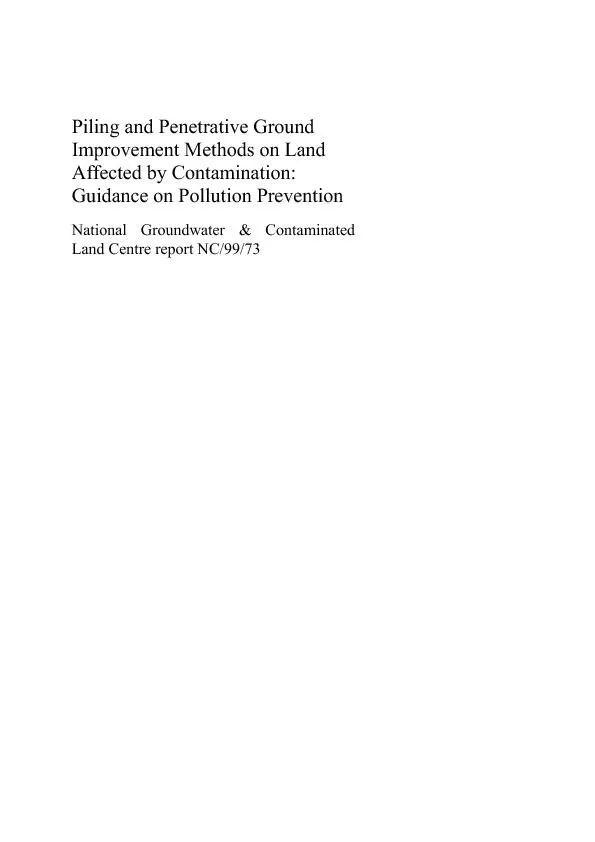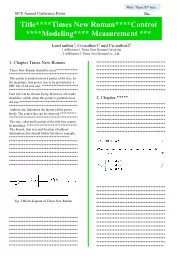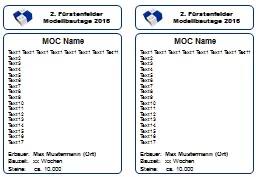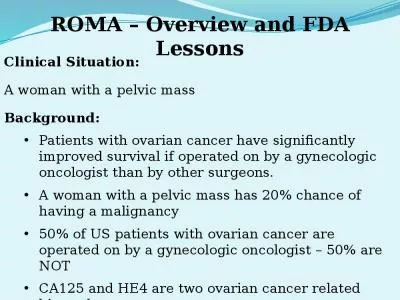PDF-Sample Title PageAll of this text should be in Times New Roma�n�gins s
Author : phoebe-click | Published Date : 2016-07-07
N ational Groundwater Contaminated Land Centre repor t N Environment Agency N ational Groundwater Contaminated Land Centre10 Warwick RoadWest MidlandsWS Atkins Piling
Presentation Embed Code
Download Presentation
Download Presentation The PPT/PDF document "Sample Title PageAll of this text should..." is the property of its rightful owner. Permission is granted to download and print the materials on this website for personal, non-commercial use only, and to display it on your personal computer provided you do not modify the materials and that you retain all copyright notices contained in the materials. By downloading content from our website, you accept the terms of this agreement.
Sample Title PageAll of this text should be in Times New Roma�n�gins s: Transcript
Download Rules Of Document
"Sample Title PageAll of this text should be in Times New Roma�n�gins s"The content belongs to its owner. You may download and print it for personal use, without modification, and keep all copyright notices. By downloading, you agree to these terms.
Related Documents














